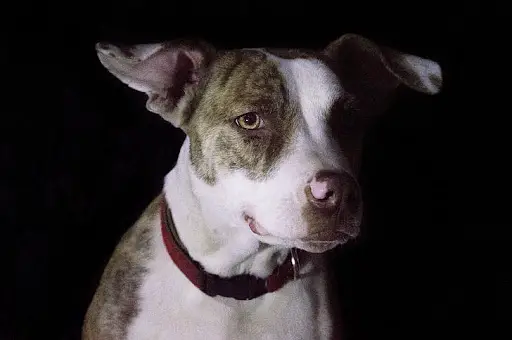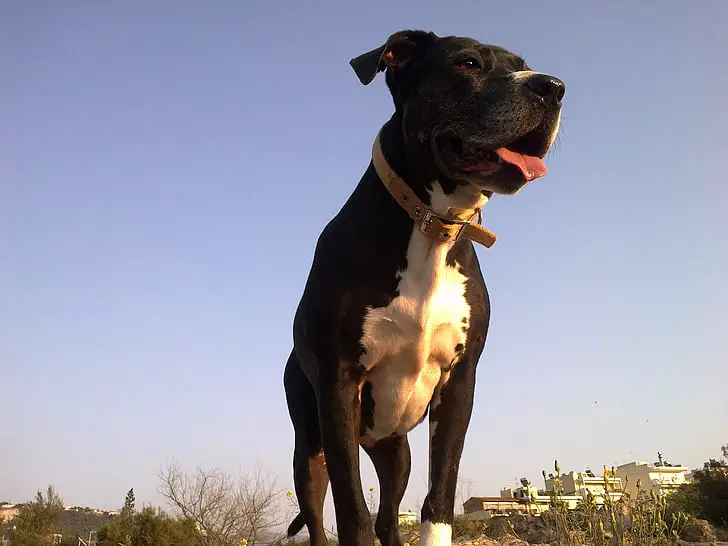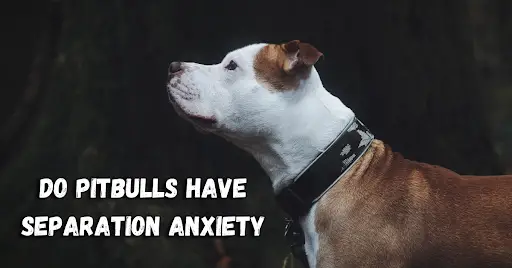When it comes to dog breeds, pitbulls have garnered a reputation for being aggressive and dangerous. However, this stereotype is often unfounded, as pitbulls can be loyal, loving, and protective family pets. Despite their gentle nature, pitbulls are still susceptible to various health conditions, including separation anxiety.
Separation anxiety is a common disorder that affects many dogs. It is characterized by a heightened level of anxiety or distress when dogs are separated from their owners or left alone. Pitbulls, like other breeds, can develop separation anxiety, and dog owners need to understand this condition to provide the necessary care and treatment for their pets.
What is Separation Anxiety?

Separation anxiety is a behavioral disorder that affects dogs. It is a state of heightened anxiety or distress that dogs experience when they are separated from their owners or left alone. It can manifest in different ways, such as excessive barking, destructiveness, or attempts to escape.
Dogs that have separation anxiety may exhibit various physical symptoms, such as panting, drooling, trembling, and pacing. The condition is also known to cause behavioral changes such as loss of appetite, decreased activity levels, and lethargy.
Dogs with severe separation anxiety may become so distressed that they become unable to eat or drink and may even attempt to escape from their confinement areas, such as a yard or crate. It is important for pet owners to recognize these signs in order to intervene and provide treatment options for their pets.
Do Pitbulls Have Separation Anxiety?
Yes, pitbulls can develop separation anxiety just like any other breed. Pitbulls are known to be highly social animals, and they crave attention and companionship. As a result, when left alone, they may experience intense anxiety, leading to destructive behavior or attempts to escape.
It is crucial to note that separation anxiety can manifest differently in different breeds of dogs. Therefore, it is essential to be aware of the common signs of separation anxiety in pitbulls to provide the necessary care and treatment.
Signs Of Separation Anxiety In Pitbulls
Behavioral Changes
When pitbulls experience separation anxiety, they may exhibit various behavioral changes. Some may become destructive, chewing on furniture or other items in the house. They may also dig holes in the yard or try to escape from the home.
Additionally, pitbulls may become excessively vocal, barking or howling continuously. They may also become clingy, following their owners around the house and becoming upset when they leave.
Excessive Drooling
Another common sign of separation anxiety in pitbulls is excessive drooling. This can occur when they are left alone or when they anticipate their owners’ departure. The drooling is a sign of stress and anxiety and can lead to the dog developing oral health problems.
However, drooling can indicate other health issues in pitbulls and should be monitored closely. If the drooling persists, it is essential to consult a veterinarian for further evaluation.
Pacing
Pitbulls with separation anxiety may also exhibit pacing behavior. They may walk back and forth along a specific path, unable to settle down. The pacing behavior is a sign of nervousness and anxiety and can lead to the dog becoming exhausted.
Most dogs with separation anxiety will stop pacing when their owners return. However, if the behavior persists, it is important to consult with a veterinarian for further evaluation. In some cases, medication may be needed to help the dog manage the anxiety.
Escaping Rooms, Crates, or Yards
Another sign of separation anxiety in pitbulls is their attempt to escape confinement areas, such as crates, rooms, or yards. They may become so distressed that they will try to break through gates or find ways to climb over fences.
It is crucial for pet owners to take the necessary precautions if they notice this behavior in their pitbulls. This includes providing secure confinement areas and making sure the fence is tall enough to prevent the dog from escaping.
Defecation, Urination, And Excess Eating
One of the most common signs of separation anxiety in pitbulls is defecation, urination, and excess eating. When a pitbull experiences intense stress due to being left alone for long periods, it can lead to excessive defecation or urination in the house.
Additionally, pitbulls may start to eat more than usual when they experience separation anxiety. This can be a sign of comfort eating and should be monitored closely. If this behavior persists, it is important to consult with a veterinarian for further evaluation.
Ways to Treat Separation Anxiety In Pitbulls

Progressive Desensitization
Progressive desensitization is a technique that involves gradually exposing the dog to the stimuli that trigger its anxiety. In case of separation anxiety, it involves leaving the dog alone for short periods and gradually increasing the duration over time.
The goal is to help the pitbull develop a sense of security and confidence when left alone. However, it is crucial to ensure that the dog’s anxiety does not escalate during the process. It is best to seek the guidance of a professional dog trainer or behaviorist.
Crate Training
Crate training is another technique that can help pitbulls with separation anxiety. A crate provides a safe and secure space for the dog, helping to reduce anxiety and prevent destructive behavior.
The crate should be appropriately sized, comfortable, and located in a quiet, calm area of the house. The pitbull should be gradually introduced to the crate and positively reinforced with treats and toys. Over time, the dog will learn to associate the crate with positive experiences and feel more comfortable and secure when left alone.
Medication
In some cases, medication may be necessary to help pitbulls manage their separation anxiety. Anti-anxiety medicines prescribed by a veterinarian can help reduce the dog’s anxiety levels, making it easier for them to cope when left alone.
However, medication should be used as a last resort and under the guidance of a professional, as it can have side effects and interact with other medications.
What Not To Do
While there are various ways to treat separation anxiety in pitbulls, there are also some things that dog owners should avoid doing. For instance, punishing the dog for destructive behavior or being anxious when left alone can worsen the situation.
Instead, it is essential to provide positive reinforcement and create a safe and secure environment for the pitbull. Avoiding excessive greetings and departures can also help reduce the dog’s anxiety levels, as it can make them feel more anxious and uncertain about their owner’s return.
The Difference Between Separation Anxiety and Boredom
It is important to differentiate between separation anxiety and boredom in pitbulls. After all, boredom can lead to destructive behavior, much like separation anxiety.
Boredom typically occurs when a dog is not getting enough stimulation or exercise. This can cause them to look for other ways to entertain themselves, such as chewing furniture or barking excessively.
Separation anxiety is more severe and requires professional intervention. When left alone, the dog may display signs of intense stress and become destructive out of fear or distress.
If the dog is not displaying signs of distress when left alone but appears to be exhibiting destructive behavior due to lack of stimulation, it may be a sign of boredom rather than separation anxiety.
Conclusion
Separation anxiety is a common disorder that affects many dogs, including pitbulls. It can manifest in different ways, such as destructive behavior, excessive vocalization, and pacing. Pitbull owners can help their dogs manage their separation anxiety by using progressive desensitization, crate training, and medication.
It is also essential to create a safe and secure environment for the pitbull and avoid punishing them for their anxiety. With the right care and treatment, pitbulls with separation anxiety can live happy and fulfilling lives.


